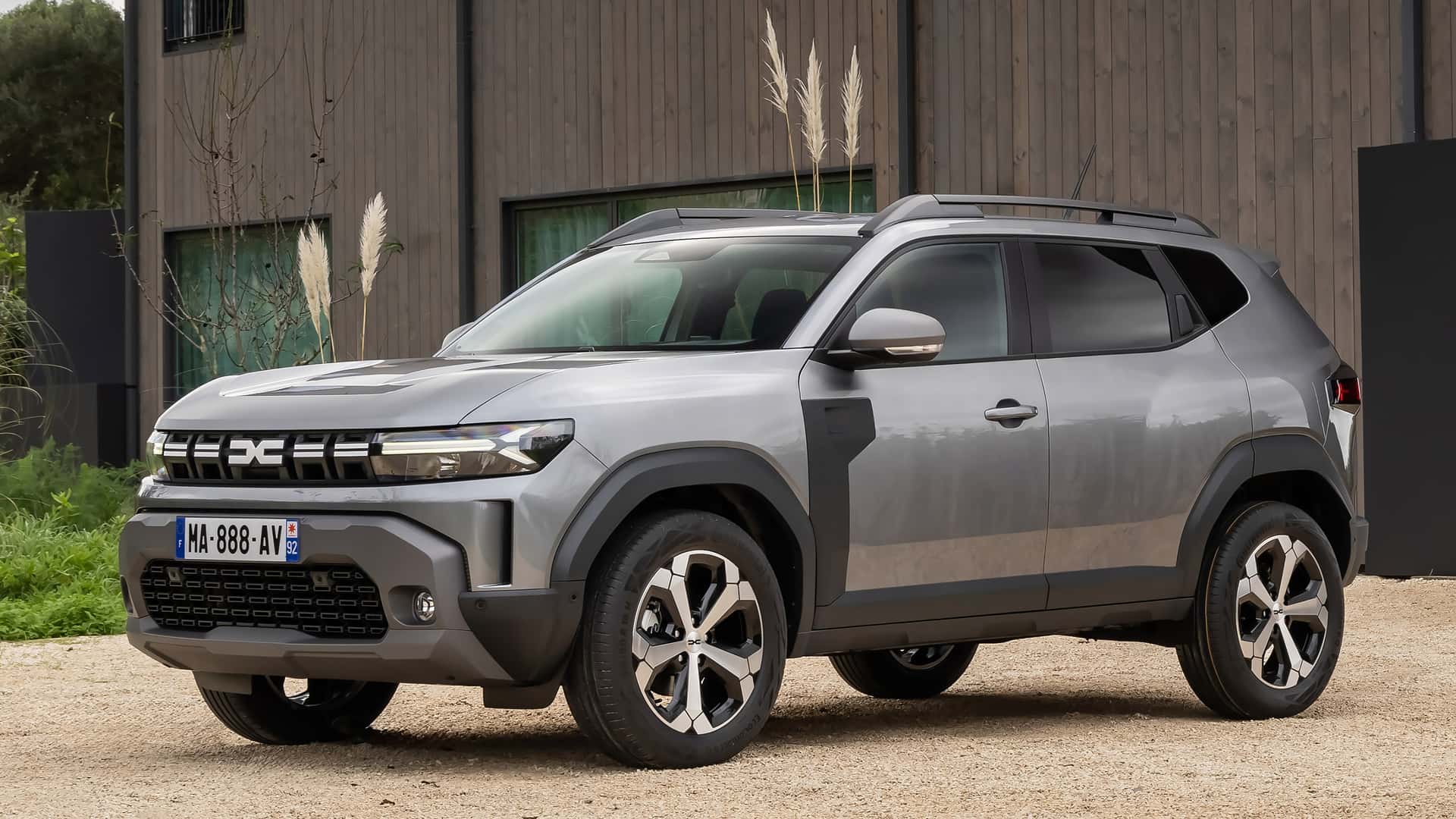The new Duster adopts the latest Dacia styling language and looks like a smaller version of the Bigster concept. The sculpted body features a generous amount of plastic cladding made of a new material called Starkle (20% recycled polypropylene), while the pronounced fenders, boxy wheel arches and oversized skid plates complete the off-roader stance. In addition, the lighting units have been slimmed down and modernized with Y-shaped LEDs, one of Dacia's characteristic features.
The B-segment SUV measures 4,343 mm long, 1,813 mm wide, and 1,656 mm tall. The length of the car is virtually unchanged, while the wheelbase has decreased from 2,673 mm to 2,657 mm (-16 mm).
Dacia claims that the new generation offers an extra 30 mm of rear legroom and increased interior width at the front. The trunk has a wider opening and a lower floor, with its 472 L capacity representing a 6% increase compared to the previous Duster.


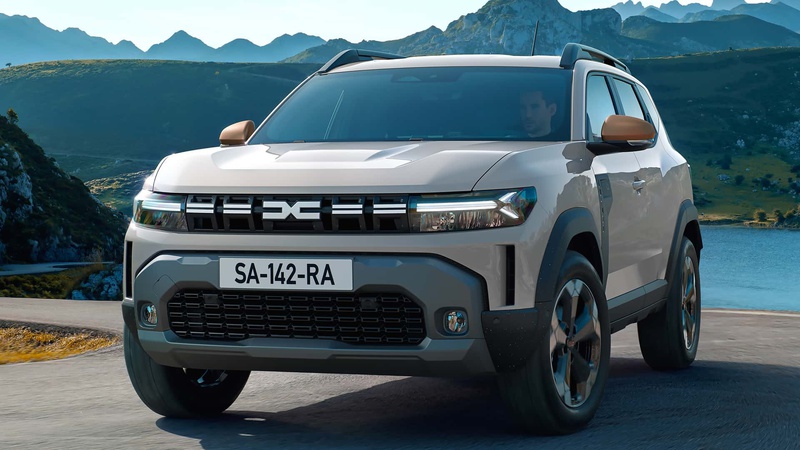
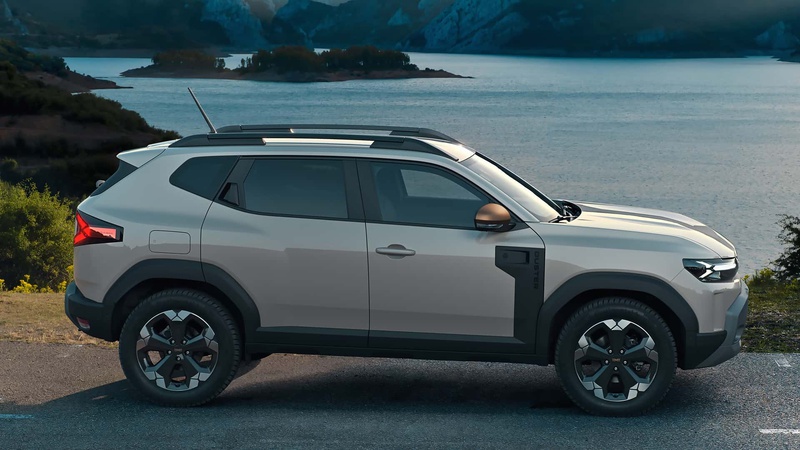
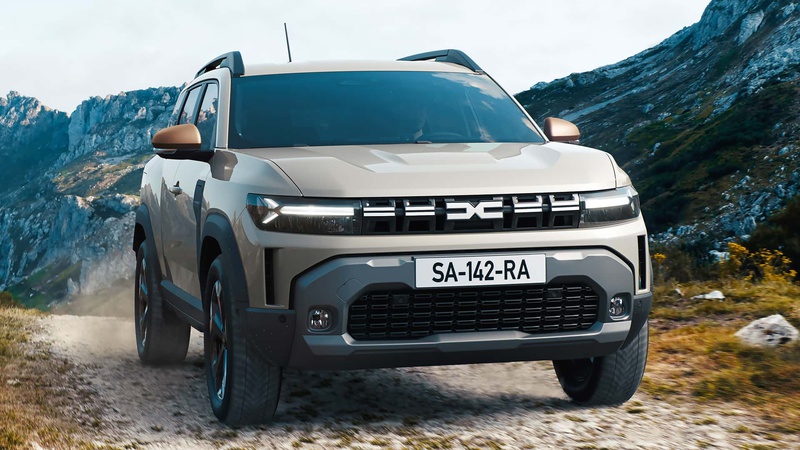


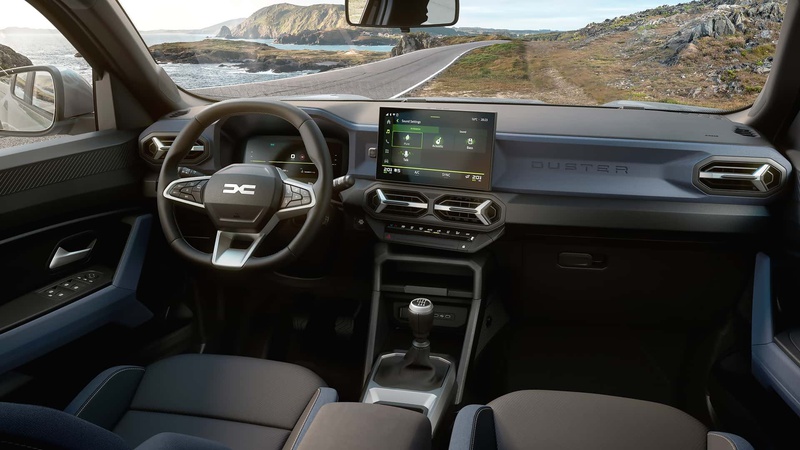

2024 Dacia Duster
Inside, the new Duster features a digital cockpit that includes a 7-inch digital instrument cluster and a 10.1-inch infotainment display. These features are standard on all trims except the entry-level Essential. Another notable addition is the Dacia YouClip accessory system, which includes up to five grips located throughout the car. These grips can hold smartphones, tablets, storage pouches, cup holders and more.
The Duster's adventurous character is further enhanced by the wide range of accessories available as part of Dacia's InNature collection. The highlight is the camping-friendly Sleep Pack, originally introduced on the Jogger crossover estate, which adds a fold-out double bed, tray table and storage in a removable 3-1 box.

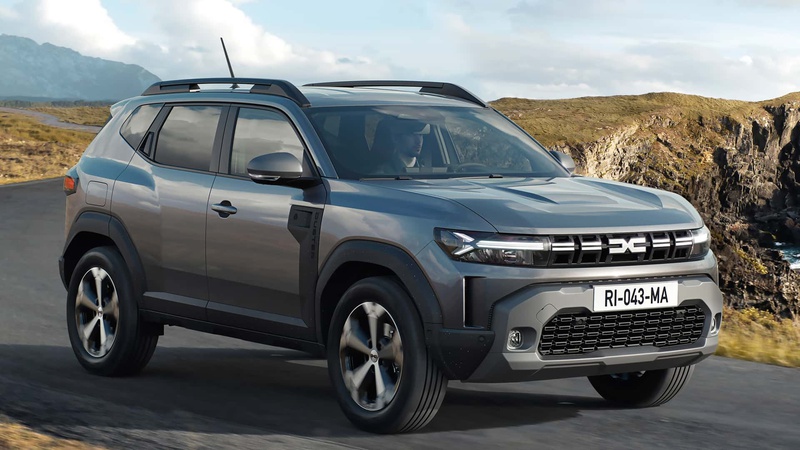
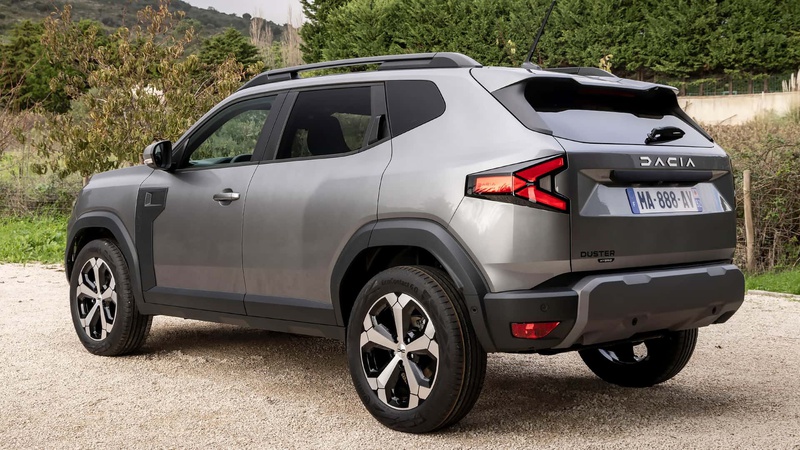
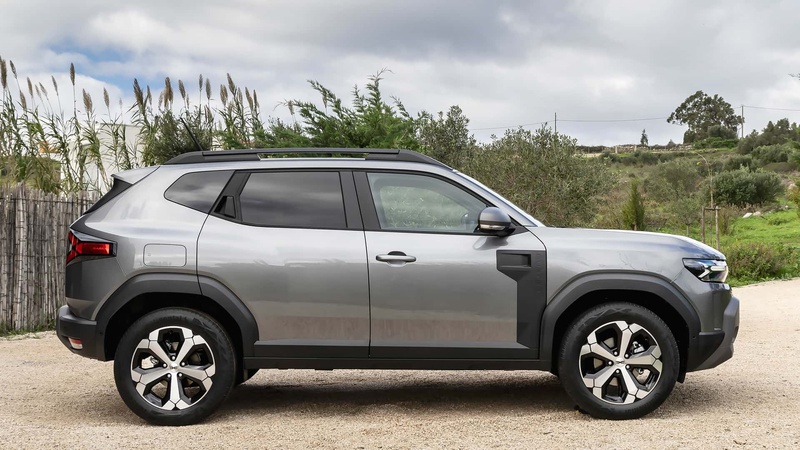
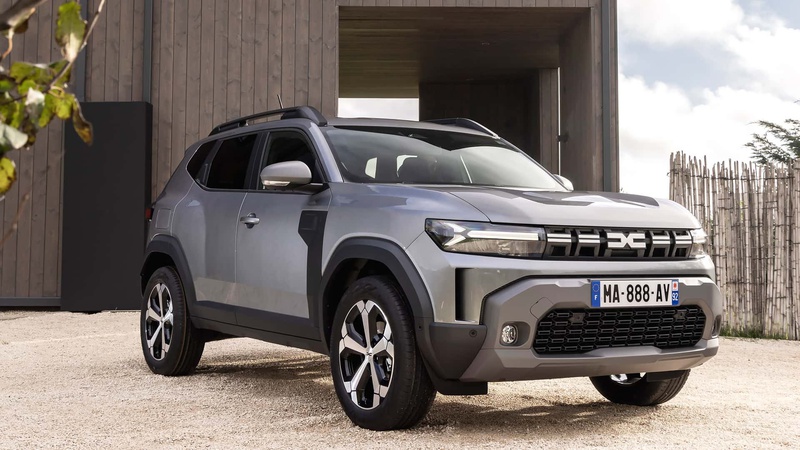
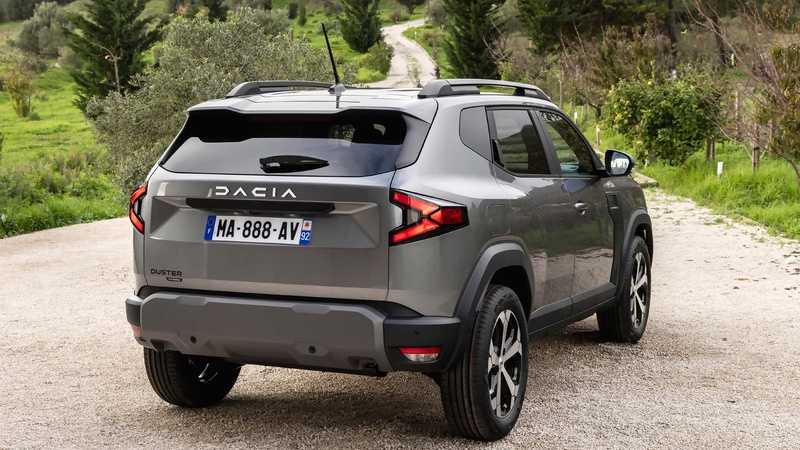

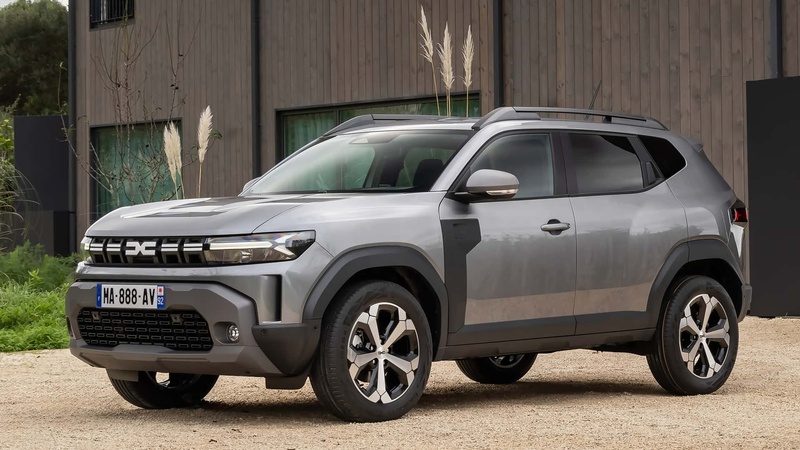
2024 Dacia Duster
The third-generation Duster is based on the Renault Group's CMF-B architecture, which now underpins the entire Dacia model range. The new platform is said to bring improvements in ride quality and comfort, while being compatible with mild-hybrid and hybrid powertrains, in addition to the bi-fuel (gas/LPG) option. Unfortunately, the robust and fuel-efficient diesel engine has been discontinued.
The most powerful version of the Duster is the Hybrid 140, with a self-charging hybrid system that produces a combined 140 hp (103 kW). The electrified powertrain, which is shared with the Jogger, consists of a naturally aspirated 1.6-liter four-cylinder engine, two electric motors, a multi-mode transmission and a 1.2 kWh battery.
As a simpler alternative, Dacia offers the Duster TCe 130 with a turbocharged 1.2-liter three-cylinder gasoline engine with a 48 V mild-hybrid motor and a smaller 0.9 kWh battery. The mild-hybrid Duster produces 130 hp (96 kW) and is said to offer 10% lower emissions and fuel consumption compared to a non-electrified engine of the same power. The engine is mated exclusively to a six-speed manual transmission that sends power to either the front or all four wheels.
The optional 4×4 version offers five selectable driving modes: Auto, Snow, Mud/Sand, Off-Road and Eco. It also has a ground clearance of 217 mm, making the Duster one of the most off-road capable models in the subcompact SUV (B-SUV) segment.
Finally, the entry-level Duster is offered with the turbocharged 1.0-liter TCe 100 bi-fuel engine that can run on both gasoline and LPG. This configuration allows the SUV to travel up to 1,300 km between refueling stops, provided the 50-liter gasoline and LPG tanks are full. The LPG tank is located under the trunk floor, so it doesn't compromise cargo capacity, but it probably takes up the space of the spare tire.



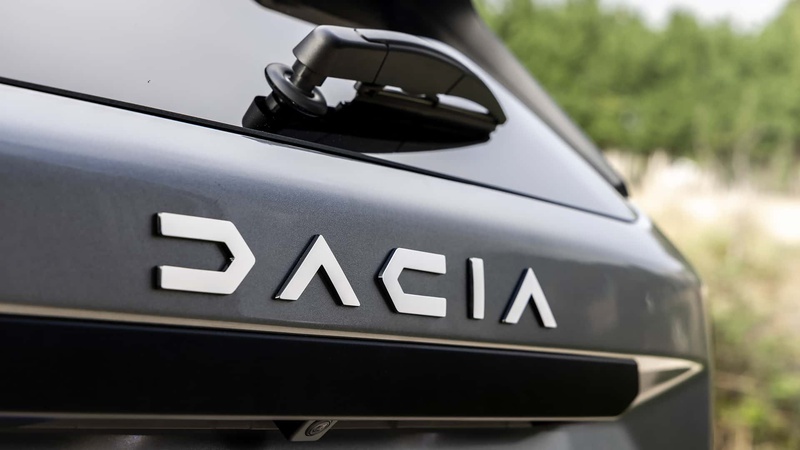

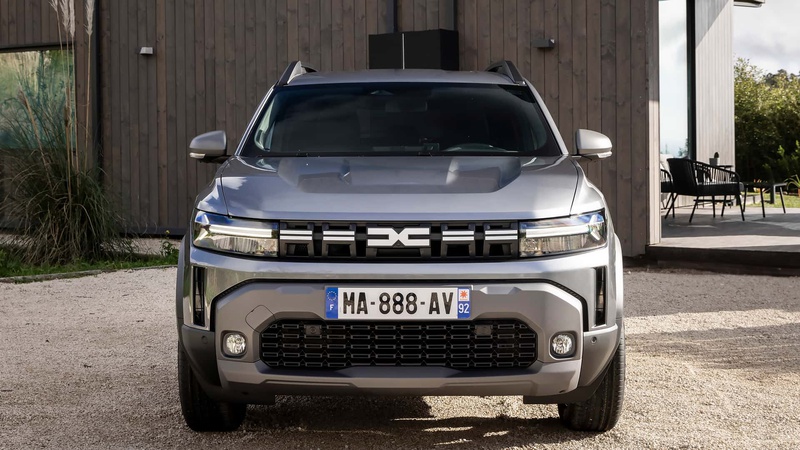

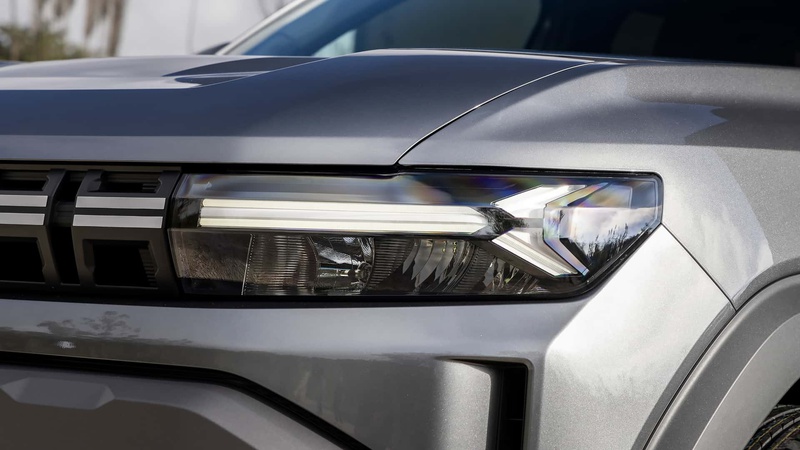
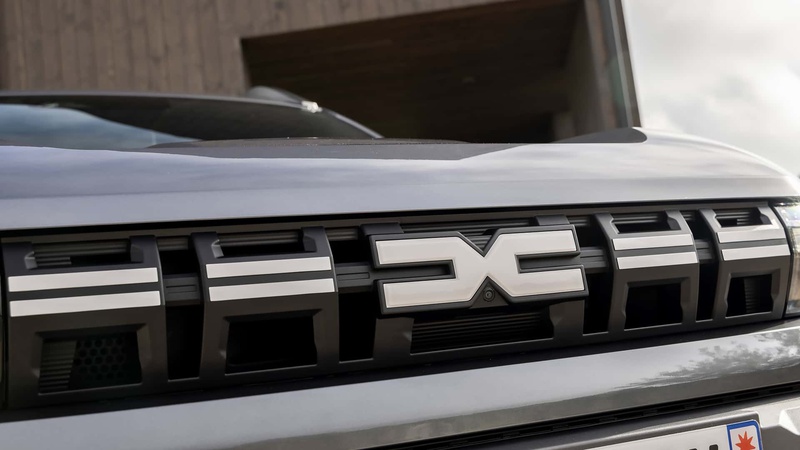
2024 Dacia Duster
Despite being a budget-friendly automaker, Dacia observes that approximately 70% of its customers opt for the higher-end trims. The new Duster aims to cater to both ends of the spectrum by offering a simplified lineup of four trim levels. The entry-level 'Essential' sets the starting price for the lineup and comes standard with fixed roof bars, six airbags and rear parking sensors. Moving up, the Expression trim adds the digital cockpit, 17-inch alloy wheels, a rearview camera and more.
Next up is the Journey trim, which rides on 18-inch wheels and comes with fog lights, automatic air-conditioning, a wireless smartphone charger, Media Nav Line infotainment and a 6-speaker Arkamys 3D sound system. Finally, the flagship Extreme trim features modular roof bars, washable upholstery, rubber mats, the YouClip 3-in-1 system, power mirrors and Copper Brown accents.
The new Duster offers a range of safety features including automatic emergency braking, traffic sign recognition, speed alert, rear parking assist, emergency stop signal, lane departure warning, lane keep assist, driver attention alert, automatic headlights and emergency call.

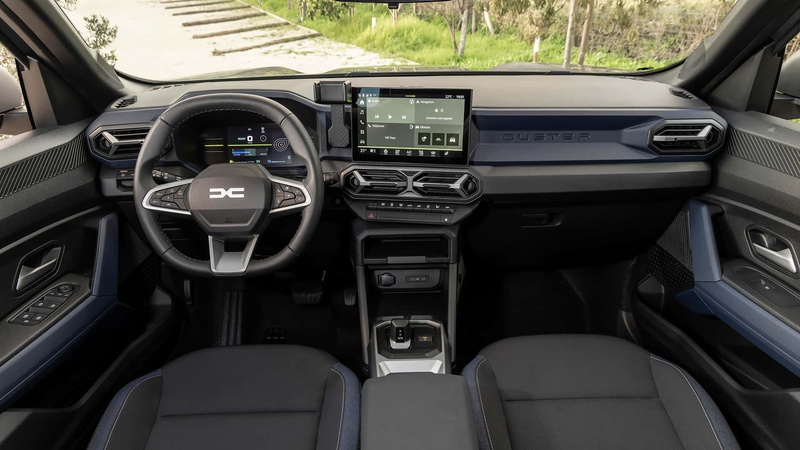


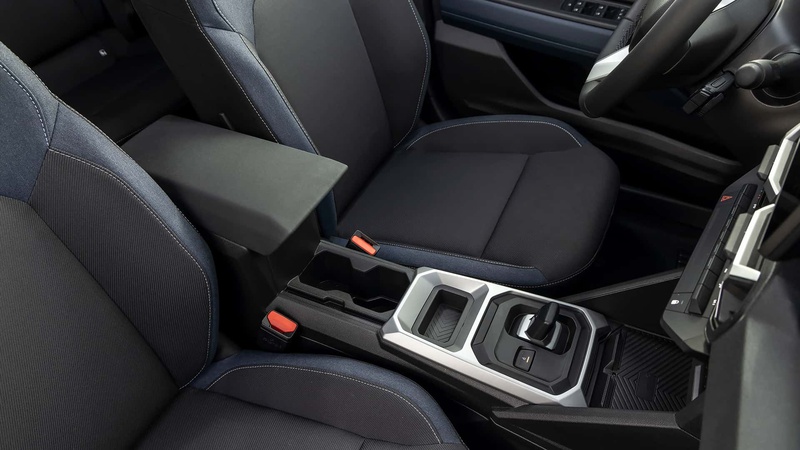

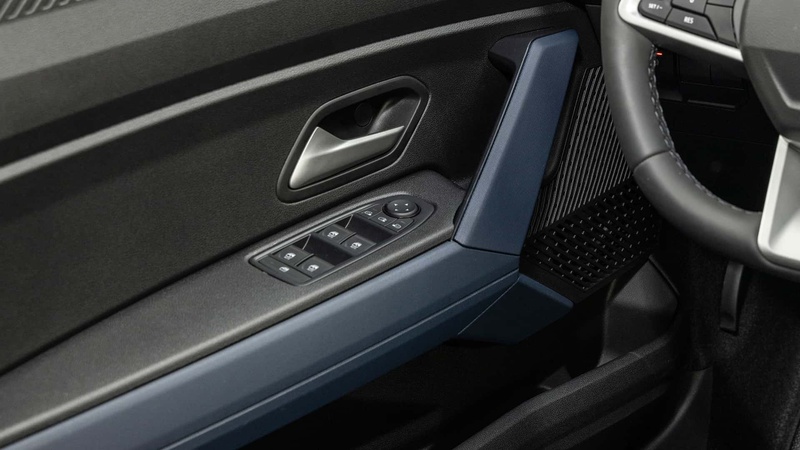

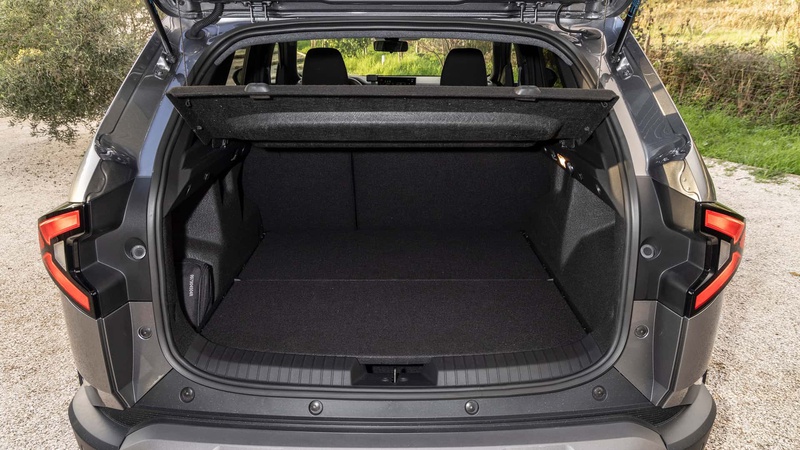
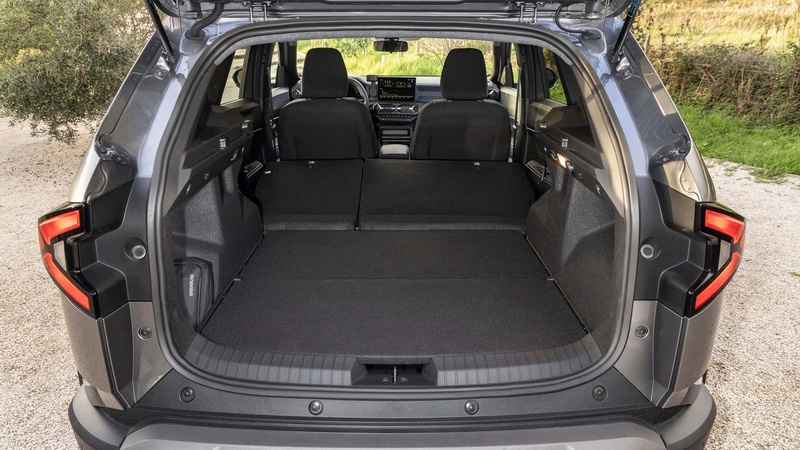

2024 Dacia Duster
Pricing has yet to be announced, but Dacia promised that the Duster will have "the most affordable prices in its segment" with the company's CEO Denis Le Vot stating that the new generation will start below the €20,000 mark in Europe.
Like its predecessor, the SUV will be built at the Pitesti plant in Romania. According to the company, approximately 1,000 second-generation Dusters roll off the assembly line each day, bringing the total production to 2.2 million units since the first gen's debut in 2010.
Source: Dacia
